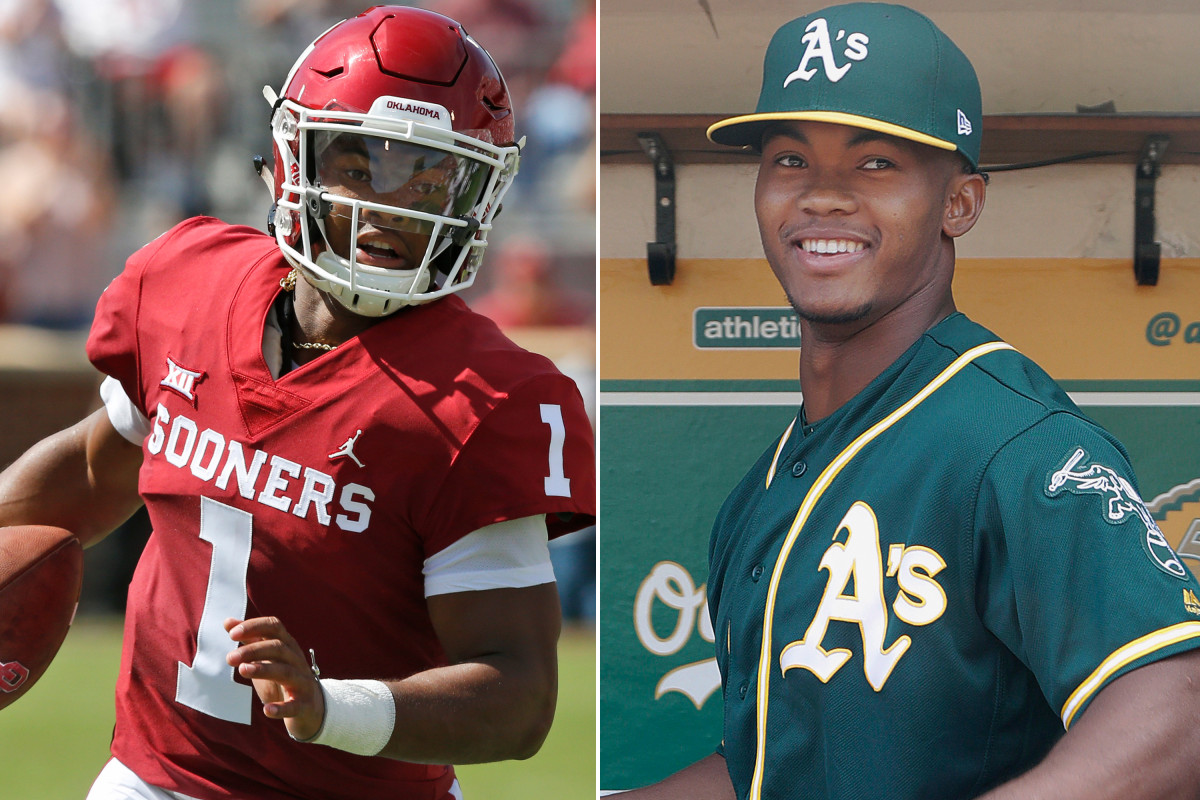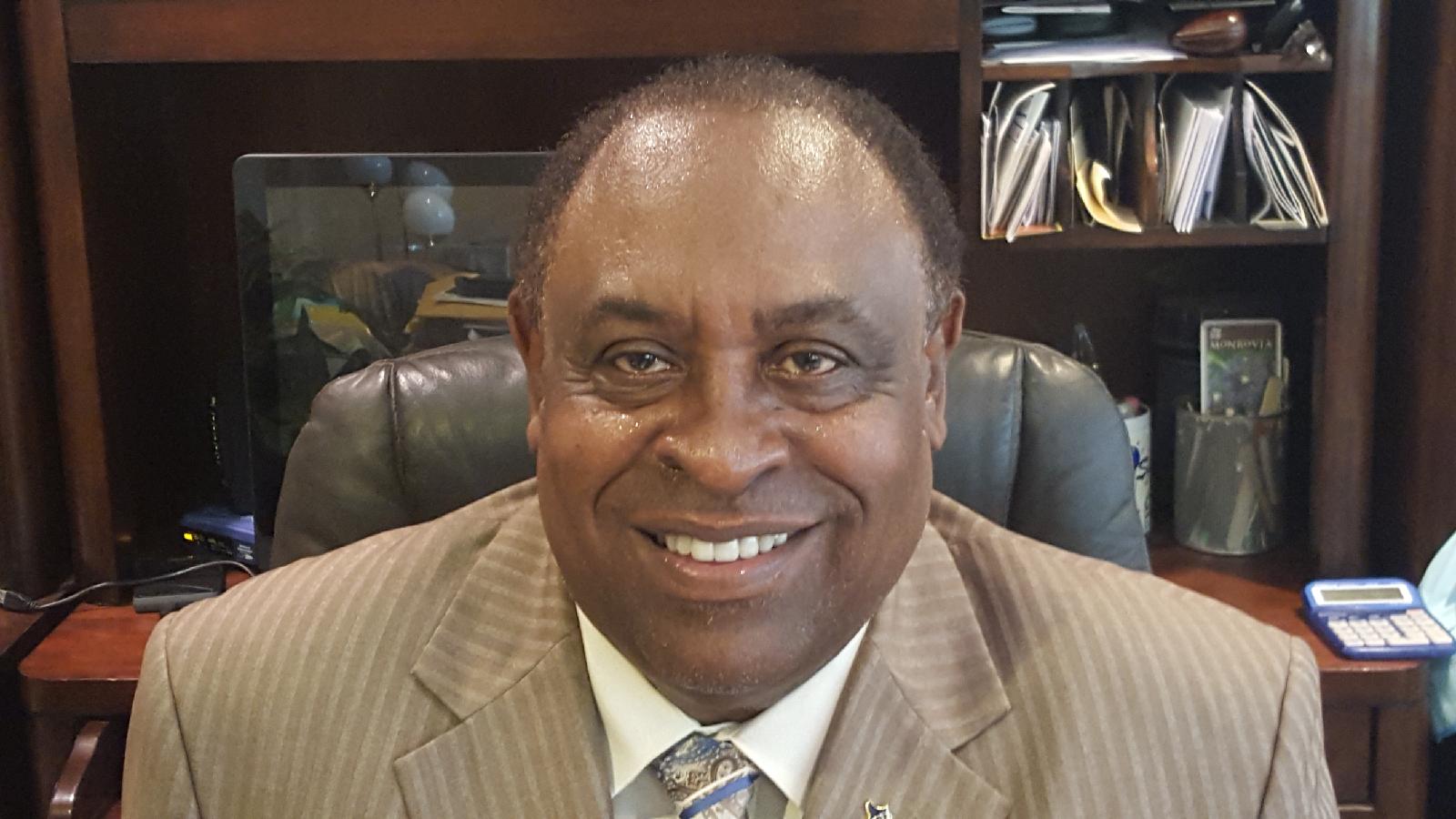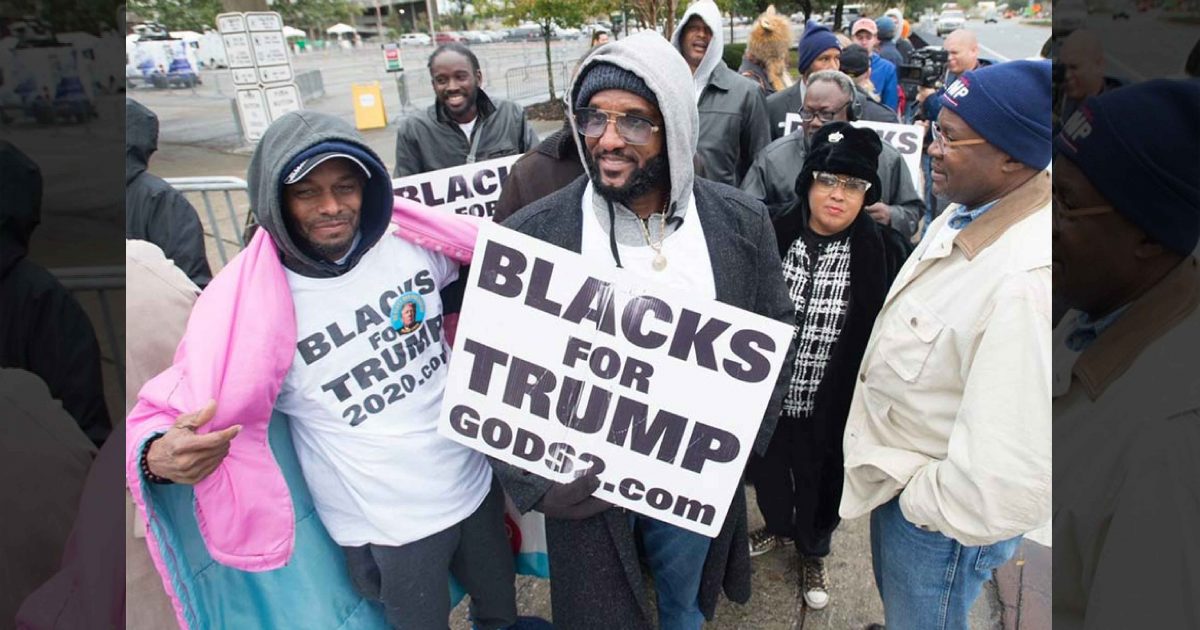
The Heisman winner has committed to the Oakland Athletics, who drafted him ninth overall this year. But there’s a case to be made for choosing football, which could offer him more guaranteed and a relatively easier path to the highest level of the sport.
The 2018 Heisman Trophy winner, Kyler Murray, is going to play his last football game ever sometime in the next month: either December 29 in the Orange Bowl, or, if his Oklahoma Sooners beat Alabama, in the national championship game on January 7. After that, Murray will report to spring training in February to begin his career as an outfielder with the Oakland Athletics. That’s what Murray and the A’s agreed to last spring, and that’s what his agent, Scott Boras, says is going to happen.
The reason Boras even has to give such assurances is that Murray’s one season as a starter for Oklahoma football ended up being the absolute best-case scenario. He didn’t get hurt, he didn’t get benched—in fact, he led the Sooners to the College Football Playoff and took home tons of individual hardware. Now, with Murray’s football star at its highest point, there’s a groundswell of belief that Murray will turn his back on baseball and stick with the sport that made him famous.
I think he should.
As pro sports leagues go, the NFL is not a great place to work. Careers are short, the money isn’t great by Big Four standards, contracts aren’t guaranteed, and the game is dangerous. Athletes in all sports risk suffering life-altering concussions, but nowhere is the risk as great as it is in football. For that reason, when a two-sport athlete has to choose between baseball and football, conventional wisdom says he should choose baseball, because the money is better and the risk of injury is less.
The truth is a little more complicated. First of all, most athletes are going to have the longest careers and make the most money in the sport they’re best in. Jameis Winston pitched and played outfield at Florida State but was wise to pursue football rather than take his chances as an uninspiring middle-relief prospect. The presumptive top pick in next year’s MLB draft, Oregon State catcher Adley Rutschman, moonlighted as a kicker on the Beavers’ football team, but his pro prospects are better in baseball.
Most athletes, even those who at one point had equally viable paths to pro baseball and football, pick one or the other by their junior year of college. For a while, it looked like Murray had too. Coming out of high school, Murray was a potential first-round shortstop but skipped a pre-draft drug test in order to remove his name from the MLB draft pool and went to Texas A&M. But as Murray’s college football career got more complicated, so did his relationship with baseball. He played football as a true freshman at Texas A&M and transferred before the start of baseball season. Murray picked baseball back up as a redshirt freshman in 2017, though he played sparingly both at Oklahoma and in the Cape Cod League. But after backing up Baker Mayfield on the gridiron last fall, Murray started in the outfield full-time for the Sooners and hit .298/.398/.556.
At age 21, Murray still has star upside in both baseball and football, which makes him unusual. He has the potential to become a first-round pick in both baseball and football within 12 months, which has never happened before. Back in the 1980s, both Bo Jackson and John Elway were no. 1 overall picks in the NFL draft and second-rounders in the MLB draft, but not in the same year. Murray not only has star potential in both sports, but a track record of success against high-profile college competition. The closest recent precedent for that is current Giants right-hander Jeff Samardzija, who pitched and played wide receiver at Notre Dame.
By the end of his current contract, which runs out in 2020, Samardzija will be 35 years old, and will have made more than $120 million over his career. That seems like a powerful argument to choose baseball, but even then, Samardzija’s situation is different from Murray’s in two important respects.
The first is that the rules of the MLB draft are different now than they were in 2006, when the Cubs spent a fifth-round pick on Samardzija. Back then, MLB teams had a full year to sign players they drafted, which gave the Cubs the luxury of waiting until Samardzija had played his senior year on the Notre Dame football team. MLB outlawed that practice, known as “draft-and-follow,” for the 2007 draft, and mandated that all draft picks with remaining college eligibility be signed by August 15. By 2018, that deadline had been moved up to July 6. If the A’s and Murray could have waited until after football season to hammer out a contract, they probably would have.
It’s also important to remember that when Samardzija signed with the Cubs in January 2007, he signed a major league deal worth $10 million over five years, with options that could stretch it to seven years and $16.5 million. Back then, there was no limit on what a team could pay a draft pick—that changed in 2012, when MLB instituted stiff penalties for exceeding a set bonus pool. Oakland wasn’t allowed to offer Murray that kind of money, so they gave him a $4.66 million signing bonus, which would have to last him until he hits the big leagues because, as a minor league baseball player, Murray would earn less than minimum wage. The Cubs could just wait until Samardzija was done playing football and pay him whatever it took to persuade him to give up the NFL, where he was a potential first-round pick. But MLB’s changing draft rules forced Oakland into a much less precise, and much less lucrative, understanding with Murray.
The second difference between Samardzija and Murray is that Samardzija was a receiver and Murray is a quarterback, which changes the entire economic picture. Quarterbacks not only face far less injury risk than other players, they get paid much more to play football’s glamor position. Not only that, because quarterbacks are so important, they often get picked much higher in the draft than receivers or linemen who are equally promising prospects relative to their position.
Consider Mayfield, who, like Murray, won a Heisman Trophy at Oklahoma and took the Sooners to the playoff. He went first overall in the 2018 NFL draft and signed a four-year contract with the Browns worth $32.68 million in guaranteed money, seven times what the A’s guaranteed Murray. Murray probably won’t go first overall, but he’d be better off financially if he went anywhere in the first round. The 2016 Heisman winner, Lamar Jackson, went 32nd overall to the Ravens in the 2018 draft and signed a contract with $7.57 million in guaranteed money. The first 34 picks in the NFL draft all got more total guaranteed money than Murray did when the A’s drafted him ninth.
If Murray chooses football, he’ll walk right into an NFL facility and maybe even play as a rookie. If he chooses baseball, he’ll start his professional career, if he’s lucky, with Oakland’s Low-A team in Beloit, Wisconsin. (I’ve been to Beloit, by the way. It’s more depressing than playing for the Browns.) There, Murray will play in front of crowds of hundreds, taking long bus trips in the Midwest League, until he gets promoted to High-A and does the same thing in Stockton, California, then he’ll do the same thing in Double-A in Midland, Texas. If Murray starts in Low-A and advances one minor league level per year, it’ll take him until 2022 to even get to an interesting minor league city (Triple-A Las Vegas). If Murray goes into the NFL draft, 2022 would be the last year of his rookie contract.
Then, if Murray makes the big leagues, Oakland will have the ability to pay him the major league minimum for three years, and he’ll be under team control for at least six seasons, probably seven. It’s true that baseball is far more lucrative than football for players who reach free agency. But while Samardzija did, the average big leaguer doesn’t. That goes double for draft picks, even high draft picks straight out of college. The median career bWAR for the no. 9 overall draft pick is 0.0.
The one real red flag about Murray as an NFL prospect is his size. Though the fact that Murray is 5-foot-10 isn’t as big a problem as it would’ve been 15 years ago, he’s still smaller than other “undersized” quarterbacks like Mayfield, Drew Brees, and former N.C. State second baseman Russell Wilson. That’s something for NFL GMs to consider.
Compare that to everything that could go wrong for Murray as a baseball prospect. Ordinarily up-the-middle position-player prospects with major conference success and athletic upside are the safest bets in the draft, but Murray, as always, is a complicated case.
First of all, he’s undersized for a baseball player too, though given that the past two AL MVPs have been José Altuve (5-foot-6) and Mookie Betts (5-foot-9), that’s admittedly less of an issue. Second, Murray had fewer than 100 competitive plate appearances his first two years of college, and he missed a half-season of post-draft playing time in the minors by going back to Oklahoma. Missing two years’ worth of reps (and counting), is a huge deal, particularly for hitters, who develop by learning to pick up and react to increasingly difficult stuff as they move from amateur ball to pro ball and up through the minors. It’s to Murray’s immense credit that he was able to post a .954 OPS against good college competition after that much time off.
But the competition he faced at Oklahoma isn’t so good that I’m not worried about the fact that he struck out a quarter of the time in 2018. It’s also not a certainty that his power (10 home runs in 51 games) will translate against professional competition. And for all Murray’s speed, he’s still fairly raw both as a baserunner and a defensive center fielder. Those considerations are why Murray was widely regarded as a bit of a reach on draft day. The A’s took him ninth overall, but FanGraphs had him at 20 on its big board, while MLB.com had him at no. 36. Neither predicted he’d go in the first round. But Murray’s still a good prospect, and he can correct all of his flaws and become a good big leaguer, even a star.
But there’s no guarantee. Given a choice, I’d bet that if Murray chooses baseball over football, his career earnings don’t eclipse Mayfield’s rookie contract and draft bonus. Not because he’s a bad prospect, but because he’s a prospect, and so much of the money in pro baseball is skewed toward the very best and the very longest-tenured players, and because Murray has to clear so many hurdles in order to get his share of the pie.
There are non-salary-related reasons for Murray to choose baseball, not least among them the lower risk of brain injury in baseball, which shouldn’t be discounted. It’s also possible that Murray could earn endorsement deals as a two-sport athlete that wouldn’t be available to him if he gave baseball up. Wilson’s and Winston’s baseball careers are trivia, not a marketing angle, but if a Heisman Trophy–winning quarterback made the big leagues, he could be said to have reached the pinnacle of two different sports.
But even that might be a stretch—there’s no realistic path for Murray to play in both leagues at once, like Jackson and Deion Sanders did. Both leagues are much more demanding now than they were 25 years ago, and quarterbacks have much more information to process and more decisions to make than running backs or defensive backs. I don’t remember Heisman Trophy–winning quarterback turned New York Knicks point guard Charlie Ward being an endorsement powerhouse during his NBA career. The truth is, very few baseball or football players generate the kind of cultural buzz required to become substantial national pitchmen, so this point might end up being moot anyway.
The heart of the matter is that if Murray gives up baseball and goes in the first round of the NFL draft, he’ll immediately find himself on the equivalent of a major league roster, with an eight-figure rookie contract in his pocket. If he sticks with baseball, he’ll have to wait years to make the big leagues and perform at a high level for six years once he gets there in order to truly cash in. That whole process might take him into his early 30s. Football might be more dangerous, but baseball is riskier.










